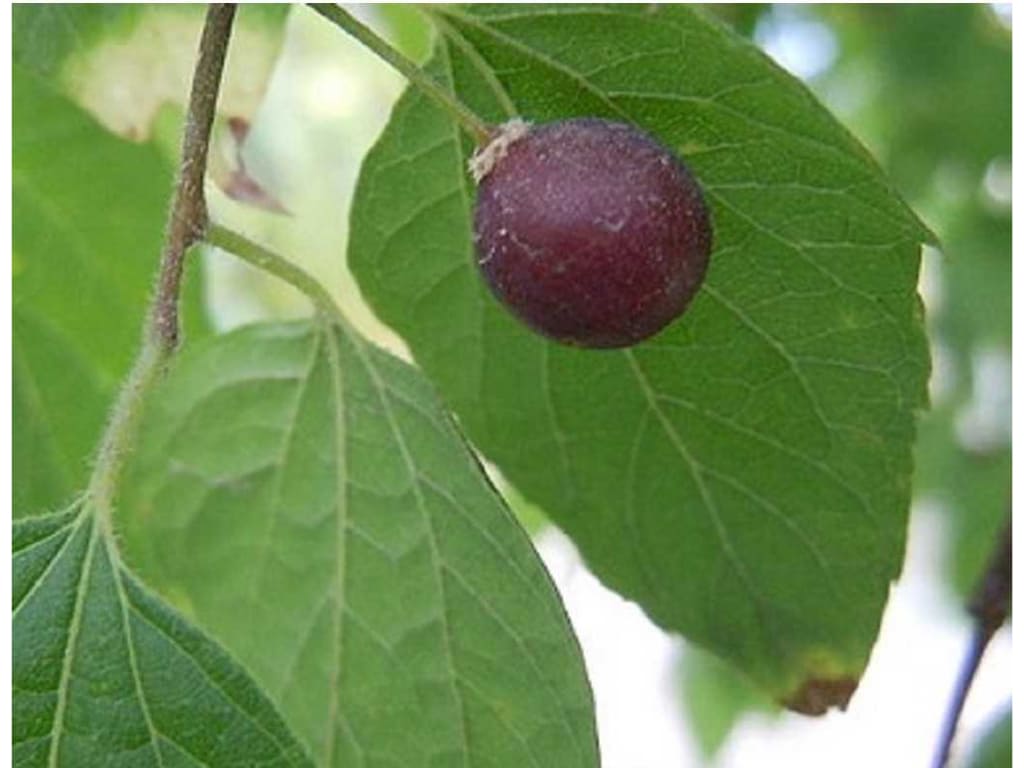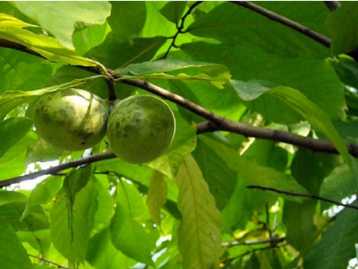Words Create Realities
It has been said that “I must create a system, or be enslaved by another man’s.” I struggled to understand what this meant until I came across a tree by the name of ‘Hackberry.’
"The most subtle but insidious forms of control are the ones lurking between the letters, concluding naturally ones thoughts towards normative ends, softly landing one into familiar territory with its familiar categories."
Language by its very nature embodies the prevailing world view, containing built in assumptions that do not expand our view of things, but limits them. In the case of the ‘Hackberry,’ this word became my reality, it silently shaped the ways in which I related to this tree. And so, when I found a ‘Hackberry’ growing on its own, of course I did what came most naturally, I cut it down. I believed in a word that described this tree, a word that made it only worthy of being hacked down.
"The destructive potential of language is contained within the very nature of representation. Words, particularly nouns, force an infinity of unique objects and processes into a finite number of categories. Words deny the uniqueness of each moment and each experience, reducing it to a ‘this’ or a ‘that.’"
Trees are much more than their names, and to not get beyond the names is to be enslaved by another man’s naming, another man’s system. We do similar things when we describe people as ‘vegetables,’ meaning that they are brain dead. Or when we refer to the life giving soil as ‘dirt’, something you don’t want to get on your hands. Or even when we gives names to ‘God’ and limit this great mystery to our conceptual frameworks.
"The first of the principles governing symbols is this; the symbol is not the thing symbolized, the word is not the thing, the map is not the territory it stands for."
So I join with many others who are now starting to create a new reality by calling this great tree by the name of ‘Sugarberry.’ And even though this name is also limiting, it still lends itself towards creating a more favorable reality that includes this tree as opposed to destroying it.
"One thinks that one is tracing the outlines of nature over and over again and one is merely tracing round the frame through which we looked at her. A picture held us captive. And we could not get outside it, for it lay in our language and language seemed to repeat it to us inexorably."

